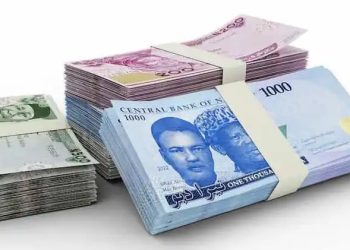Oil prices managed to recover slightly on Thursday after the European Central Bank (ECB) announced that it would slow the pace of its interest rate hikes. However, the gains were not enough to make up for the significant decline of over 9% earlier this week. Concerns about China’s weak manufacturing growth and worries about the US economy have weighed on the demand for oil in major consuming countries.
Brent futures rose by 32 cents, or 0.44%, to $72.65 a barrel, while US West Texas Intermediate (WTI) crude increased by 12 cents, or 0.17%, to $68.72. WTI had fallen to a session low of $63.64 a barrel, the lowest price since December 2021.
The US Federal Reserve’s decision to raise interest rates on Wednesday also contributed to the decline in oil prices. However, the Fed’s indication that it may pause further interest rate increases in order to assess the fallout from recent bank failures and gain clarity on the dispute over raising the US debt ceiling has provided some support to the market.
The ECB increased its three policy rates by 25 basis points, the smallest hike since it began lifting them last summer, and kept its options open on future moves as it tries to combat stubbornly high euro zone inflation.
Meanwhile, the Organization of the Petroleum Exporting Countries (OPEC) and its allies, including Russia, known as OPEC+, have started voluntary output cuts at the beginning of May. Russian Deputy Prime Minister Alexander Novak has confirmed that Russia is abiding by its voluntary pledge to cut oil output by 500,000 barrels per day from February until the end of the year.
According to John Kilduff, partner at Again Capital LLC in New York, “What we’re seeing is a combination of economic headwinds and skepticism that OPEC cuts will actually occur.” These factors continue to weigh on the market, despite the slight recovery seen on Thursday.











